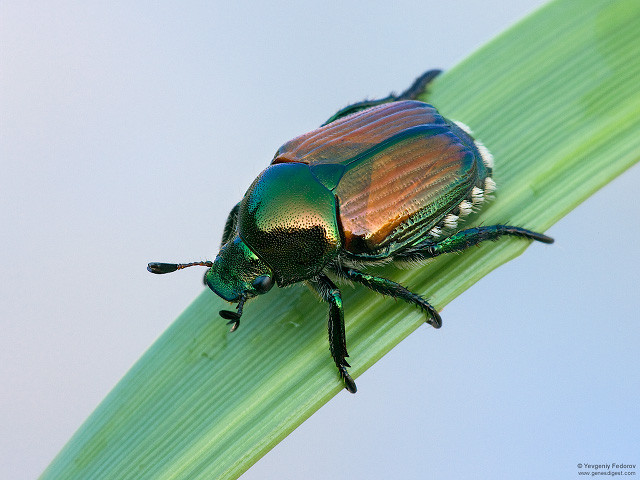Decadal warming causes a consistent and persistent shift from heterotrophic to autotrophic respiration in contrasting permafrost ecosystems
Soil carbon in permafrost ecosystems has the potential to become a major positive feedback to climate change if permafrost thaw increases heterotrophic decomposition. However, warming can also stimulate autotrophic production leading to increased ecosystem carbon storage—a negative climate change feedback. Few studies partitioning ecosystem respiration examine decadal warming effects or […]
